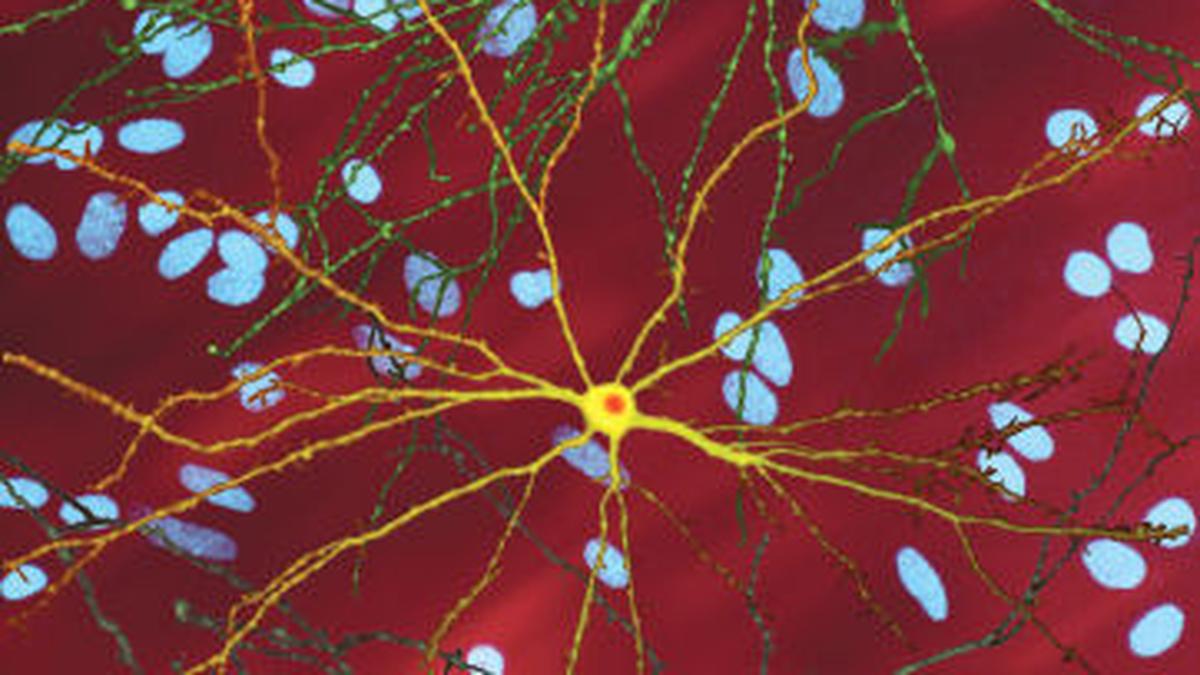The Huntington’s Disease Society of India (HDSI) hosted its second annual meeting at NIMHANS, Bengaluru, in August this year, bringing together patients, caregivers, researchers, and clinicians working on Huntington’s disease (HD).
“Working…

The Huntington’s Disease Society of India (HDSI) hosted its second annual meeting at NIMHANS, Bengaluru, in August this year, bringing together patients, caregivers, researchers, and clinicians working on Huntington’s disease (HD).
“Working…